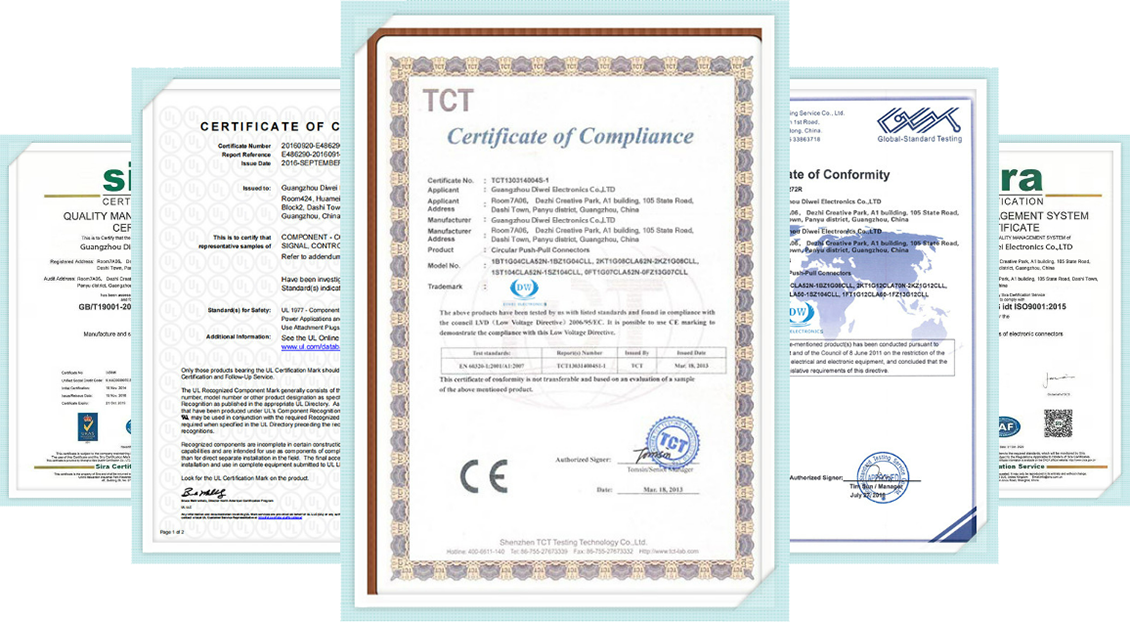Parameters
| Connector Types | Various types of fiber optic connectors are available, including SC (Subscriber Connector), LC (Lucent Connector), ST (Straight Tip), FC (Fiber Connector), and MPO (Multi-fiber Push-On). |
| Fiber Mode | Connectors are designed to support single-mode or multi-mode optical fibers, depending on the specific application and transmission requirements. |
| Polishing Type | Common polishing types include PC (Physical Contact), UPC (Ultra Physical Contact), and APC (Angled Physical Contact), which affect signal reflection and return loss. |
| Channel Count | MPO connectors, for example, can have multiple fibers within a single connector, such as 8, 12, or 24 fibers, suitable for high-density applications. |
| Insertion Loss and Return Loss | These parameters describe the amount of signal loss during transmission and the amount of reflected signal, respectively. |
Advantages
High Data Rates: Fiber optic connectors support high data transfer rates, making them suitable for applications requiring high-bandwidth communication, such as data centers and telecommunications networks.
Low Signal Loss: Properly installed fiber optic connectors offer low insertion loss and return loss, resulting in minimal signal degradation and improved overall system performance.
Immunity to Electromagnetic Interference: Unlike copper-based connectors, fiber optic connectors are not susceptible to electromagnetic interference, making them ideal for environments with high electrical interference.
Lightweight and Compact: Fiber optic connectors are lightweight and occupy less space, allowing for more efficient and space-saving installations in various applications.
Certificate

Application Field
Fiber optic connectors are widely used in various applications, including:
Telecommunications: Backbone networks, local area networks (LANs), and wide area networks (WANs) rely on fiber optic connectors for high-speed data transmission.
Data Centers: Fiber optic connectors enable fast and reliable data exchange within data centers, facilitating cloud computing and internet services.
Broadcast and Audio/Video: Used in broadcasting studios and audio/video production environments to transmit high-quality audio and video signals.
Industrial and Harsh Environments: Fiber optic connectors are employed in industrial automation, oil and gas, and military applications, where they provide reliable communication in harsh conditions and environments with electromagnetic interference.
Production Workshop

Packaging & Delivery
Packaging Details
● Each connector in a PE bag. every 50 or 100 pcs of connectors in a small box (size:20cm*15cm*10cm)
● As customer required
● Hirose connector
Port: Any port in China
Lead time:
| Quantity(pieces) | 1 - 100 | 101 - 500 | 501 - 1000 | >1000 |
| Lead time (days) | 3 | 5 | 10 | To be negotiated |
Video
-

From GPS to Sonar: How NMEA 2000 Connectors Unify Your Ve...
-

Yachts vs. Commercial Vessels: Tailored NMEA 2000 Connect...
-

The Future is Now: 5 Game-Changing Advantages of Fiber Op...
-

Annual Maintenance Checklist: 3 Must-Do Tasks for Your NM...
-

What is an NMEA 2000 Connector? The “Central Nervou...
-

NEMA2000 Connector Accessories: Functions and Benefits
-

What is NMEA2000 connector and cable used for?
-

What is Nmea2000 connector?
